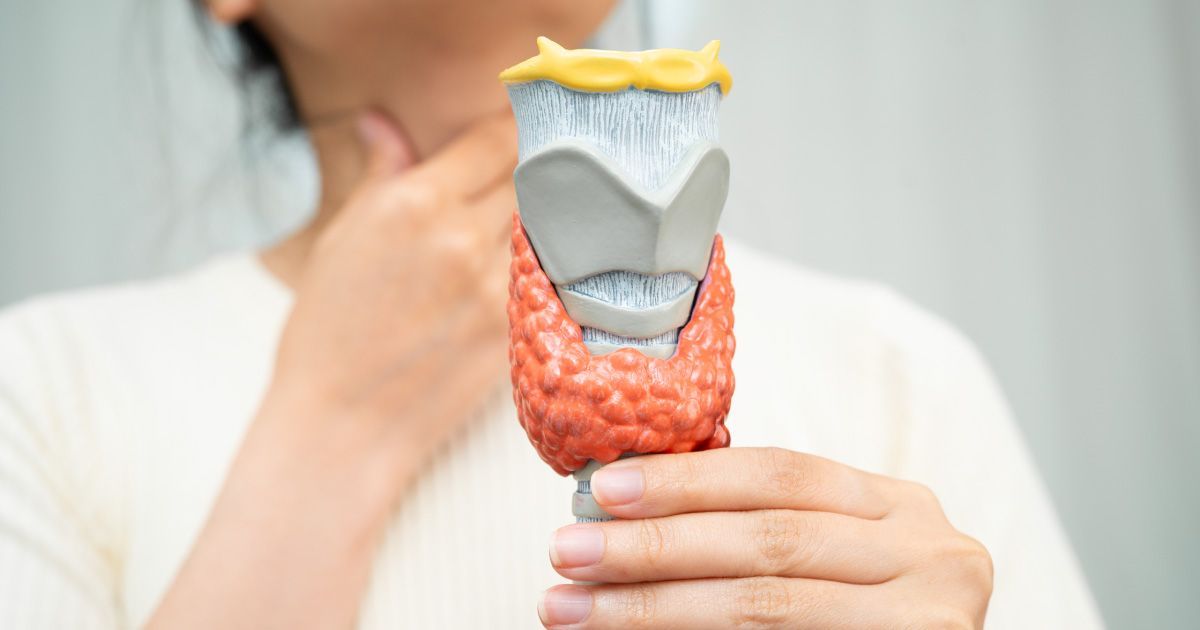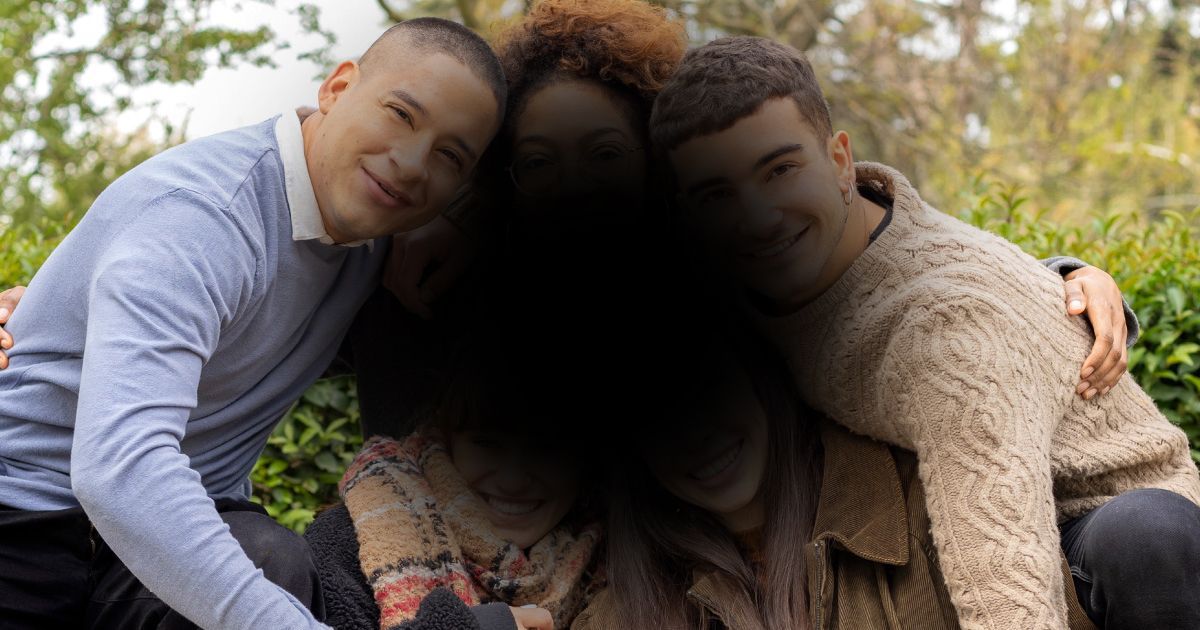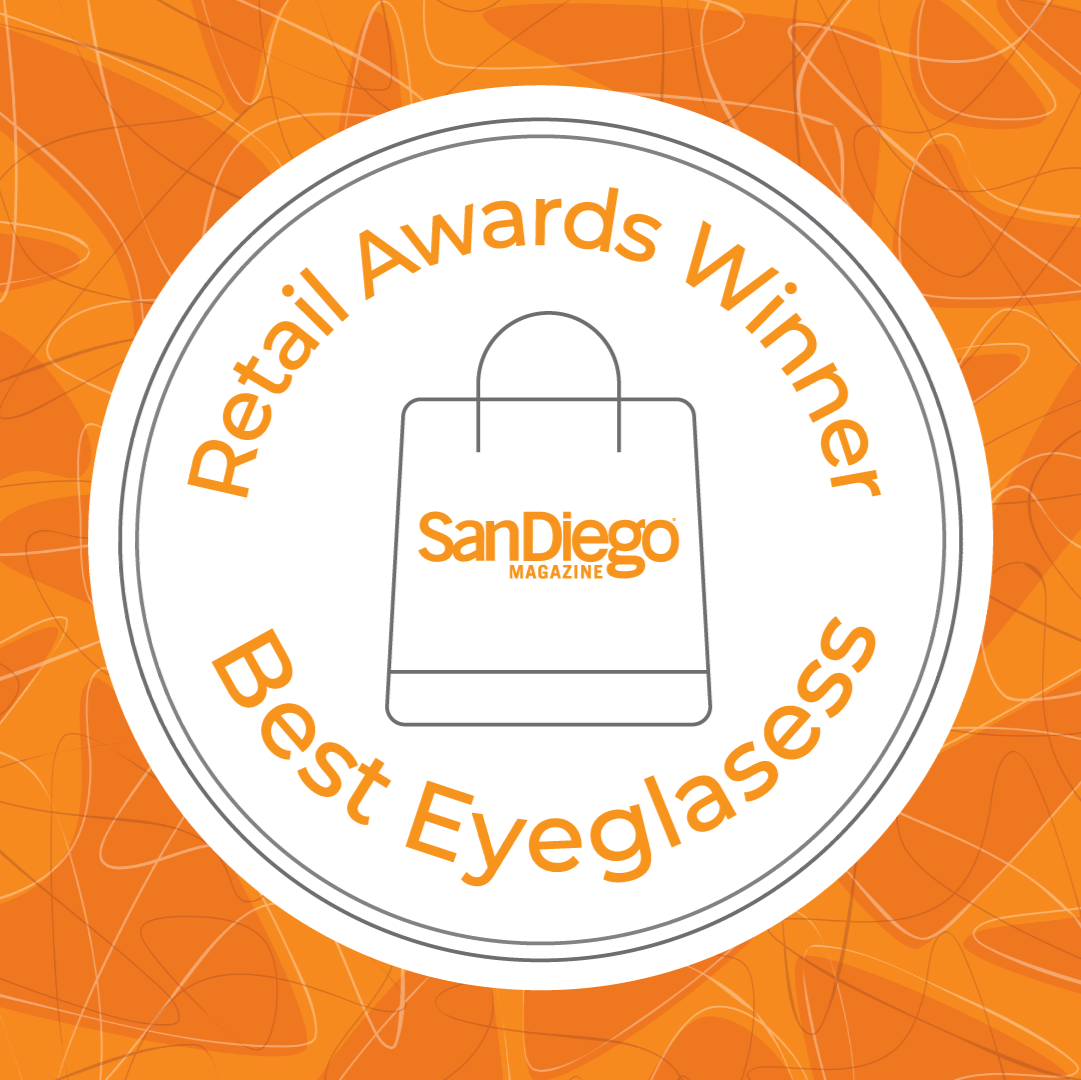Navigating the Darkness: Eye Care Tips for Safe Night Driving

Read time: 5 minutes
Driving at night presents a unique set of challenges compared to daytime travel. Reduced visibility, increased glare, and eye fatigue can all contribute to making nighttime journeys more hazardous. However, with proper precautions and an understanding of how darkness affects our vision, we can significantly enhance our safety on the road. This article aims to equip you with valuable information and practical tips to ensure you navigate the darkness with confidence and clarity.
How Darkness Impacts Your Vision
As daylight fades, our visual world undergoes significant transformations. Here are some key ways in which darkness challenges our vision:
- Reduced visibility: Darkness naturally limits the amount of light reaching our eyes, making it difficult to see objects clearly. This hinders our ability to perceive depth, recognize colors accurately, and distinguish details.
- Depth perception: Judging distances accurately is crucial for safe driving, and it becomes more challenging in low light conditions. This can lead to misjudging the speed and proximity of other vehicles or obstacles on the road.
- Color recognition: Our ability to distinguish colors diminishes in darkness. This can make it difficult to recognize traffic signals, brake lights, and other important visual cues crucial for safe driving.
- Peripheral vision: Our peripheral vision, which allows us to see objects to the side without directly looking at them, also becomes less effective at night. This can limit our ability to detect potential hazards like pedestrians or vehicles entering our lane from the side.
The Blinding Barrier on the Road
Glare, the harsh and unwanted light that enters our eyes, poses a significant threat to safe night driving. It can originate from various sources:
- Oncoming headlights: The bright headlights of approaching vehicles can create a temporary blinding effect, making it difficult to see the road ahead.
- Streetlights and reflective signs: Streetlights and reflective signs, while essential for overall visibility, can also produce glare, causing discomfort and hindering vision.
- Dirty windshields and headlights: A dirty windshield or headlights can scatter light, creating additional unwanted glare and reducing overall visibility.
The effects of glare can range from temporary discomfort and squinting to complete loss of vision for a brief period. This significantly increases the risk of accidents, making it crucial to adopt strategies to minimize its impact.
The Hidden Enemy of Nighttime Journeys
Extended periods of driving, especially at night, can lead to eye strain and fatigue. This manifests in various ways, including:
- Blurred vision: The eyes struggle to focus and maintain clarity, making it difficult to see clearly.
- Dry eyes: The natural production of tears decreases during extended focus, leading to dry and irritated eyes.
- Headaches and eye strain: The continuous effort to adjust vision in low light conditions can cause discomfort and headaches.
Eye fatigue not only reduces our ability to see clearly but also hinders our reaction time and decision-making abilities, significantly increasing the risk of accidents.
Safeguarding Your Vision for the Night
By adopting these simple and practical tips, you can significantly enhance your vision and safety while navigating the darkness:
Pre-Drive Eye Check
- Schedule regular eye examinations with your optometrist to ensure optimal vision and address any underlying conditions that might affect night driving.
- Discuss any concerns you have about night driving with your eye doctor and seek their professional advice.
Optimize Your Car Settings
- Headlights: Ensure your headlights are properly aligned and adjusted for brightness. Dim or misaligned headlights can hinder your own vision and create glare for oncoming drivers.
- Dashboard lights: Dim the interior dashboard lights to minimize distractions and reduce glare reflected onto the windshield.
- Visors: Utilize sun visors effectively to block out the glare of oncoming headlights or streetlights.
Planning and Awareness
- Plan your route: If possible, choose well-lit routes whenever feasible. Familiarize yourself with the route beforehand to minimize distractions and surprises.
- Avoid fatigue: Avoid driving when tired or drowsy. Take breaks every two hours, get adequate sleep before your journey, and avoid driving under the influence of alcohol or medications that can impair your vision.
- Maintain a safe following distance: Increase the following distance between your vehicle and the one in front compared to daytime driving to allow for more reaction time in case of sudden braking or unexpected hazards.
Eye Care Practices
- Blink frequently: Consciously blink more often to refresh your eyes and maintain proper lubrication.
- Lubricating eye drops: Use artificial tear drops, especially if you experience dry eyes, to keep your eyes moist and comfortable.
- Look away from bright lights: Briefly look away from oncoming headlights or streetlights periodically to allow your eyes to adjust and rest.
Additional Considerations for Eyeglass Wearers
If you wear corrective lenses, consider these options to further improve your ability to drive at night:
- Driving Lenses: ZEISS DriveSafe lenses are designed for everyday driving and are specifically designed to meet the visual needs of drivers. They are designed to enhance the wearer's vision experience during the day or night while driving. ZEISS DriveSafe lenses are available in single-vision and progressive designs. Single-vision lenses are good for nearsighted drivers who want to see clearly at long distances, while progressive lenses are good for eyes that need help switching focus.
- Anti-reflective Coating: A crucial investment for night drivers, anti-reflective (AR) coating on your eyeglasses significantly reduces glare by minimizing light reflection from the lens surface. This allows more light to pass through the lens, resulting in clearer vision and reduced discomfort from glare.
- Transition Lenses: These photochromic lenses automatically adjust their tint based on the surrounding light conditions. They darken in sunlight, providing UV protection, and lighten in low light conditions, offering improved clarity and reducing glare at night. However, they may not darken completely enough for true night driving and might not be suitable for all situations.
The Takeaway
Navigating the darkness requires a multifaceted approach. By scheduling regular eye examinations, adopting safe driving practices, and utilizing the appropriate vision tools, you can significantly enhance your safety and confidence behind the wheel at night. Remember, prioritizing your eye health is an essential investment not only for safe nighttime driving but also for your overall well-being.
Additional Resources
National Highway Traffic Safety Administration (NHTSA): https://www.nhtsa.gov/
American Academy of Ophthalmology: https://www.aao.org/
Share this blog post on social or with a friend:
The information provided in this article is intended for general knowledge and educational purposes only and should not be construed as medical advice. It is strongly recommended to consult with an eye care professional for personalized recommendations and guidance regarding your individual needs and eye health concerns.
All of Urban Optiks Optometry's blog posts and articles contain information carefully curated from openly sourced materials available in the public domain. We strive to ensure the accuracy and relevance of the information provided. For a comprehensive understanding of our practices and to read our full disclosure statement, please click here.


















